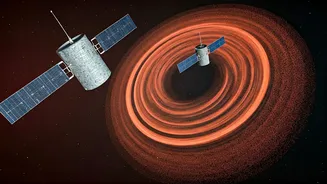Here are today’s most important updates from the realm of Science and Space.
Meet Earth’s Most Realistic Digital Twin: The Future of Climate Forecasting Is Here
A recent scientific paper has described a near 1-kilometer resolution digital
twin of Earth, developed by researchers led by Daniel Klocke of the Max Planck Institute in Germany. The model, which combines weather forecasting and climate modelling, is considered a significant breakthrough in the field. According to Science Alert, the model operates at a 1.25-kilometer resolution, a massive improvement over traditional models that typically have a 40-kilometer resolution. It uses 672 million calculated cells covering the land, sea, and atmosphere, allowing for unprecedented detail in tracking both rapid weather systems and slower climate processes.
Stunning Space Footage: Telescope Catches Star’s Final Moments Outside Solar System
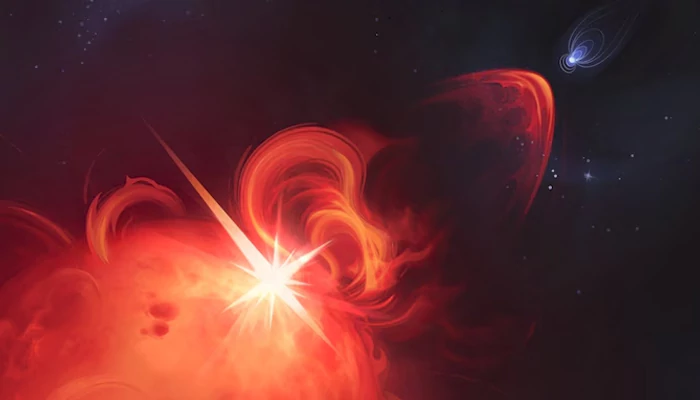
In groundbreaking astronomical first, scientists have captured an explosive event resembling the Sun’s coronal mass ejections (CMEs) occurring on a distant star about 130 light-years away. The discovery, made using the European Space Agency’s XMM-Newton space observatory and the Low Frequency Array (LOFAR) radio telescope, confirms that stars beyond our Solar System can unleash similar violent eruptions, bursts powerful enough to strip entire planetary atmospheres. CMEs are colossal expulsions of plasma and magnetic fields from a star’s surface, known on the Sun for driving space weather, sparking auroras, and disrupting satellites. Despite decades of searching, astronomers had never directly witnessed one erupting from another star, until now.
NASA’s Escapade to Mars Paused as Solar Storm Rages

NASA has announced the postponement of its planned Mars mission launch due to an intense solar storm, citing safety concerns for the spacecraft and mission success. The launch, originally set to lift off aboard Blue Origin’s New Glenn rocket, has been delayed until space weather conditions stabilise. NASA and Blue Origin issued a joint update confirming that the agencies are temporarily holding off the liftoff of the twin ESCAPADE (Escape and Plasma Acceleration and Dynamics Explorers) spacecraft. These small satellites, part of NASA’s Heliophysics Division, are designed to study the magnetic environment of Mars and how it interacts with the solar wind.
New Study Reveals the Real Way to Calm Your Rage (Hint: It’s Not Yelling)

A large-scale meta-analysis by researchers at The Ohio State University has revealed that techniques aimed at lowering physiological arousal, such as deep breathing, meditation, mindfulness, and yoga, are far more effective at reducing anger and aggression. The study found that activities that decrease arousal help "turn down the heat," while those that raise it, like jogging or punching objects, can actually worsen anger. The findings showed that arousal-lowering activities, such as progressive muscle relaxation, slow-flow yoga, and mindfulness, significantly reduced anger across settings, whether conducted online, in groups, or individually. Meanwhile, activities involving play, such as ball sports, offered mild benefits by increasing positive emotions.


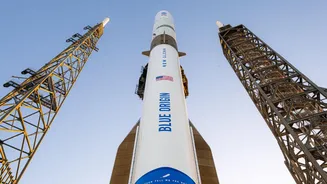

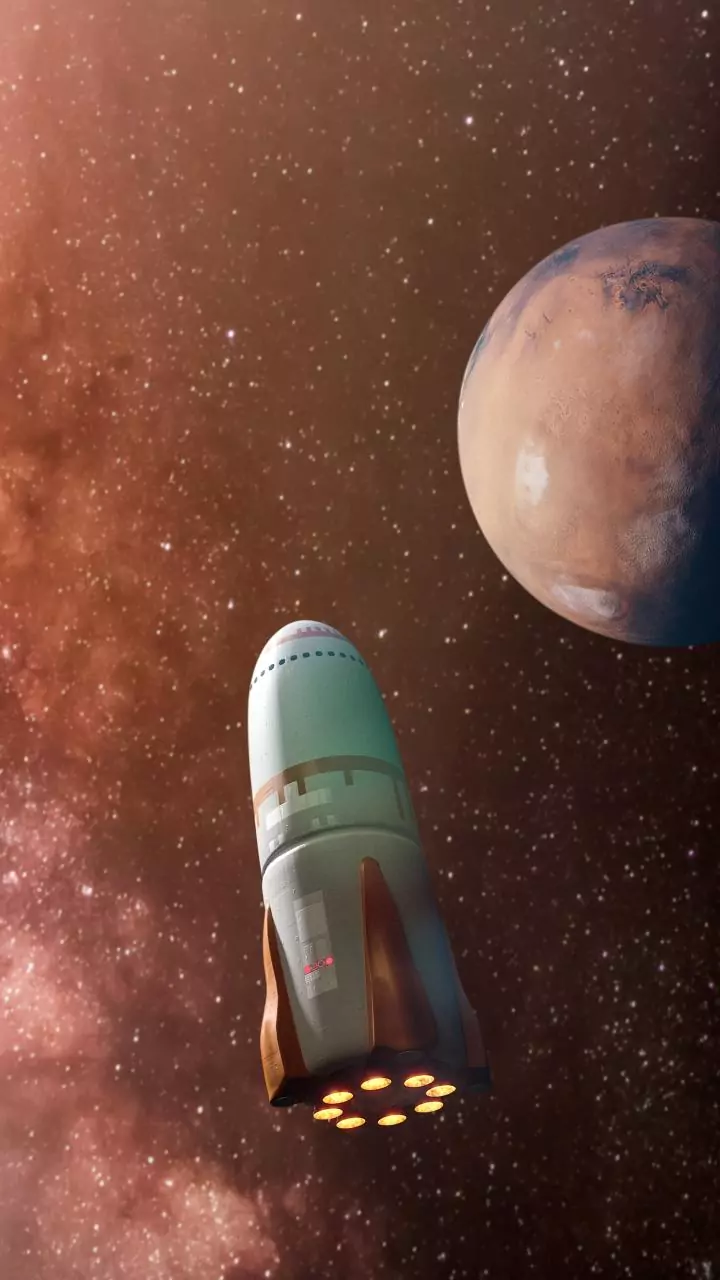
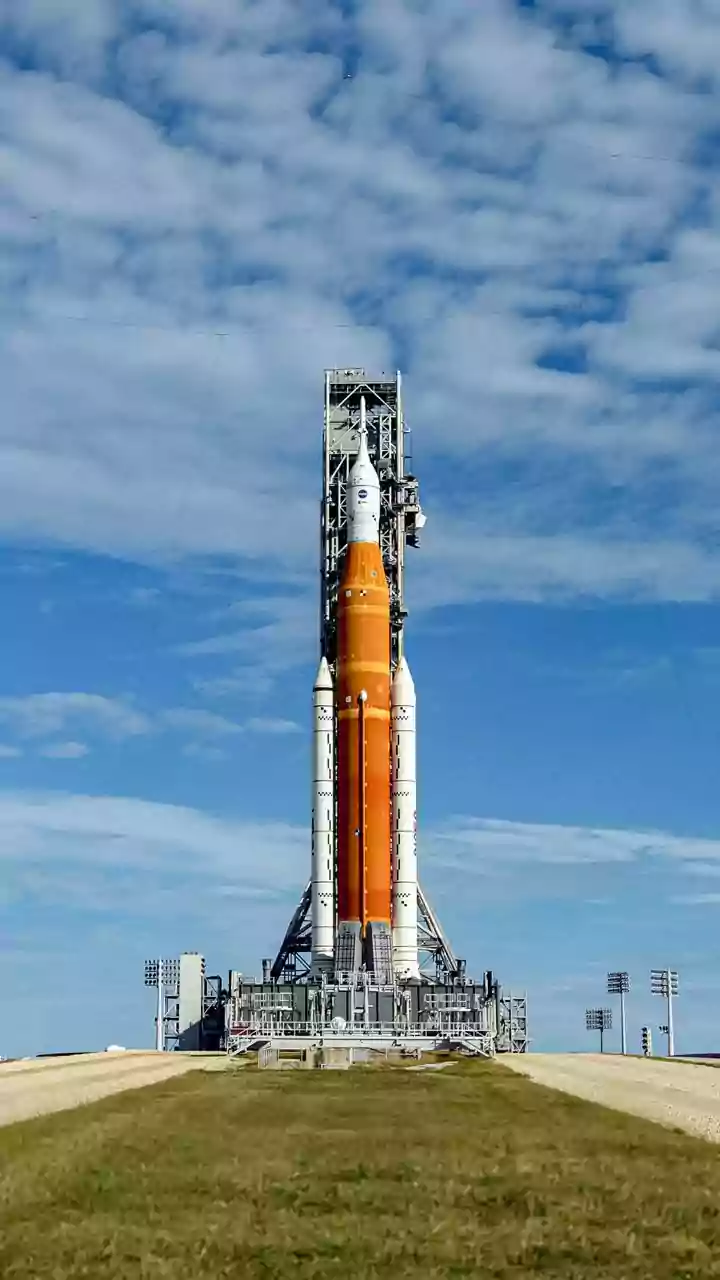
.webp)




